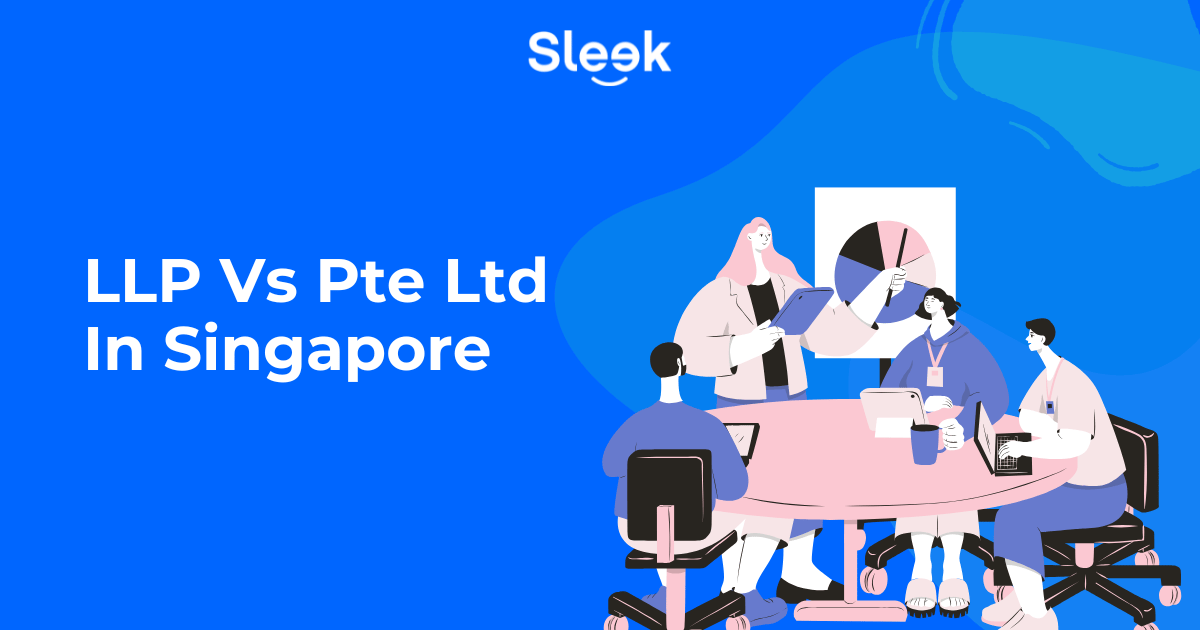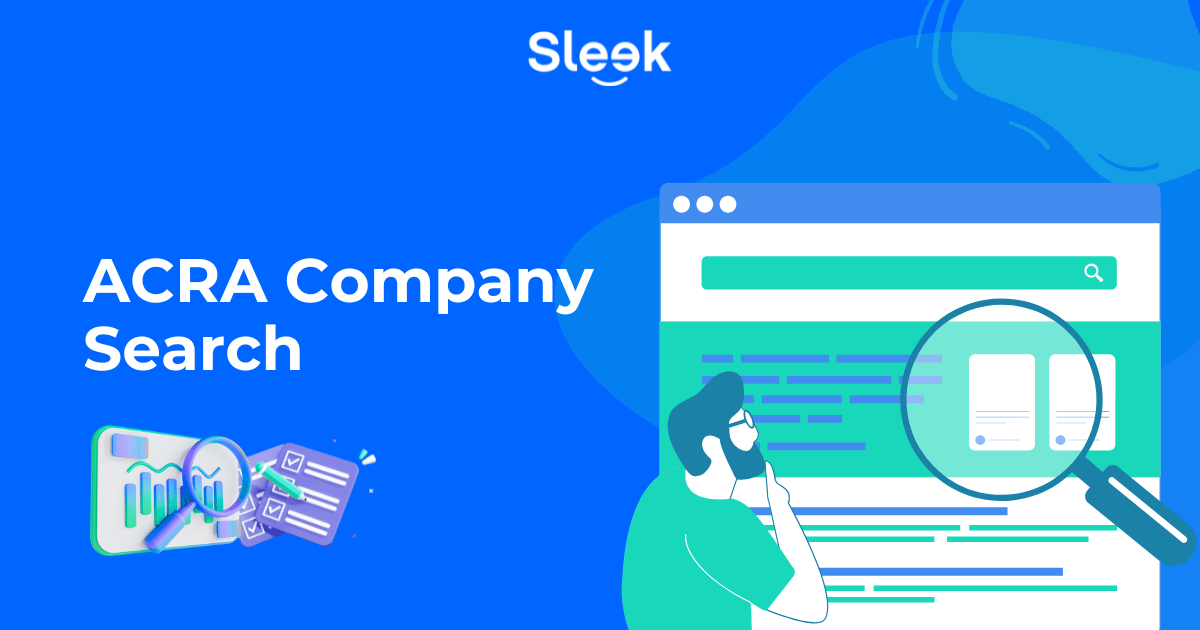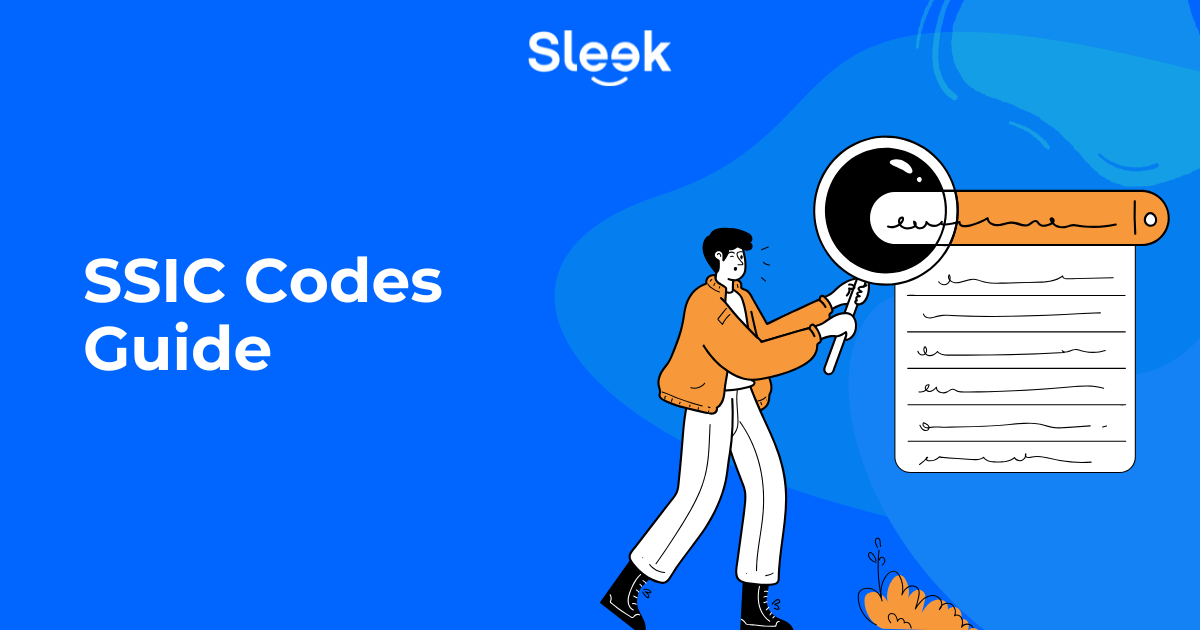Profit & Loss Statements Decoded: Embrace and Empower Your Business
Many small business owners are brilliant with their big ideas, marketing, and product sales – but the day-to-day mundane paperwork of running a business can be a pain.
Reviewing the financial health of your business is the key to a strong performance – and the best way to achieve this is by fully understanding your financial statements.
Join Laura, Sleek’s trusted finance manager, as she breaks down the different key financial statements for small business owners (and why you need to love them). This article features the statement of profit and loss (P&L).
Continue reading or simply watch the video below!
Overview:
- P&L: What is it?
- P&L: How does it look like?
- P&L: Why do you need to love it?
- P&L: Income
- P&L: Cost of sales
- P&L: Gross profit
- P&L: Other income/ expenses
- P&L: Operating expenses
- P&L: Net profit
- Wrap up
P&L: What is it?
The statement of profit & loss summarises a business’ income, costs, and expenses over a defined period of time.
Put simply, income – costs and expenses = profit or loss.
The aim is to have money left over from the income you receive to put towards other goals such as future business growth, settling debt, or paying dividends. The gap between income and expenses should be as positive as possible!
P&L: How does it look like?
The P&L can differ depending on a business’ industry, size, lifecycle stage, complexity, or health. Below is a simplified version of the P&L for a small business earning a profit.
P&L: Why do you need to love it?
The P&L lays out the key components of what makes up the profit (or loss) to a business. These are the levers that business owners need to pull in order to either reduce losses or increase profits. Therefore, understanding the P&L is very empowering. Let’s take a walkthrough of the individual keyline items in the P&L, according to what it is, what you need to understand from it, and what questions a business should ask as they look through it.Let’s assume this business produces shoes and sells them to retailers.
P&L: Income
What is it? This represents your business’ revenue from sales or services.
What do you need to understand? Understanding the sources of your income means knowing the key ways in which the business is making money. You must ensure how the total income figure breaks down by customer, or different products/services.
What questions should you ask? The shoe business might ask:
- Why has our income reduced year on year?
- What customers or shoe styles have declined?
- Is revenue decreasing because we’ve reduced volumes or price?
- Have we sold more basic and fewer premium shoes than last year?
P&L: Cost of sales
What is it? Sometimes referred to as direct costs or cost of goods sold, this refers to the costs directly associated with the selling of goods or services by a business. In a manufacturing business, examples of these costs would be the material and labor costs incurred to make the shoes; in a service business, this would be the sales commissions or any consultants directly hired to execute the service.
What do you need to understand? You need to know how your business’ total cost of sales is broken down by products or customers, and what the key drivers of cost are.
What questions should you ask? The shoe business might ask:
- Why have our cost of sales remained the same, but our income has gone down?
- Could it be that the cost of materials to make each shoe has become more expensive?
P&L: Gross profit
What is it? This is the profit after subtracting the cost of sales from income.
What do you need to understand? The lower the cost of sales associated with delivering income, the better. This means that more income is being retained by the business, and can be thus used to cover operating expenses or earn a net profit. You should aim for your income to grow faster than your cost of sales. It’s also important to know how your gross profit is broken down by products and customers, so that you can focus on the most profitable products and customers.
What questions should you ask? The shoe business might ask:
- Why is our income decreasing but the cost of sales increasing?
- Why are we less profitable than we were last year?
- What is the gross profit for basic shoes and premium shoes?
- Which shoe type is driving the problem?
- What is the gross profit for each of our customers?
- Have we lowered prices, or increased the cost of our materials and labor?
P&L: Other income/ expenses
What is it? This is derived from activities that are not the main focus of the business. For example, interest income or expenses.
P&L: Operating expenses
What is it? These are the ongoing day-to-day expenses of running a business that differs from the cost of sales as they are not directly linked to earning income. Some examples include fixed salaries, rent, depreciation, and marketing & advertising.
What do you need to understand? Operating expenses should only represent the expenditure necessary to operate or grow the business.
Bonus content: look out for ways to reduce operating expenses without impacting your business growth with our 10 tips for excellent financial management.
What questions should you ask? The shoe business might ask:
- Why have operating expenses decreased?
- Have we updated our accounting records for all our operating expenses for the year?
- Are there opportunities to reduce operating expenses further without impacting the business?
P&L: Net profit
What is it? This is the profit that remains after all a business’ costs and expenses have been deducted from its income. It is often referred to as “net profit before tax” or “net profit after tax” to identify whether this profit includes or excludes income tax.
What do you need to understand? Net profit is an important figure as it represents the profit available to invest back in your business, pay your debts, or payout as dividends. You need to be clear on the relationship between income and net profit as this will help you to understand how much income you need to generate in order to cover all the expenses in your business.
Keeping this “minimum” level of income in mind is hugely helpful as a tool to help you maintain a profitable business. It’s important to remember that net profit does not equal cash earned in the same period. This is why it’s important to read all your financial statements together.
What questions should you ask? The shoe business might ask:
- Am I clear on all the reasons why my net profit has decreased?
- Are there any changes we need to make to our products, customer contracts or operating expenses in order to improve profits next period?
- How much could income reduce by before we are breakeven?
Wrap up
In order to have a successful business, you need to know you are doing financially. It’s important to remember that you won’t get a complete picture of your financial health unless you’re looking at all three financial statements together.
The key to a useful set of financial statements is keeping your accounting records complete and up to date. Remember to update your records frequently, or have a good accountant to help you with this.
If you have any questions about getting your business started, get them all answered by having a free consultation call with our experts.
You might be interested in reading about:










